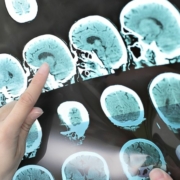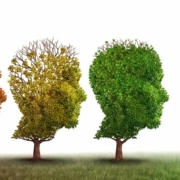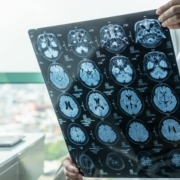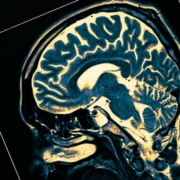What is the Part of the Brain Alzheimer’s Affects?
Alzheimer’s disease (AD) is a common neurological disorder that has a relentless progression and is associated with the death of brain cells and shrinkage of the brain (atrophy). Alzheimer’s disease is the most common cause of dementia, whereby the individual will have a progressive decline in memory, social skills, thinking, and behavior. With time, the individual afflicted with AD will no longer be able to perform any daily living activities and require admission to a long-term care facility. The earliest signs of AD include forgetting recent events, but, as time goes by, the individual will tend to have severe memory problems, most likely develop behavior problems, and, finally, lose the ability to perform everyday tasks, such as dressing, eating, going to the bathroom, etc. Researchers have thoroughly studied the disease and have used medical imaging and autopsy studies to determine which part of the brain Alzheimer’s affects, and, more specifically, what part of the nervous system Alzheimer’s affects.
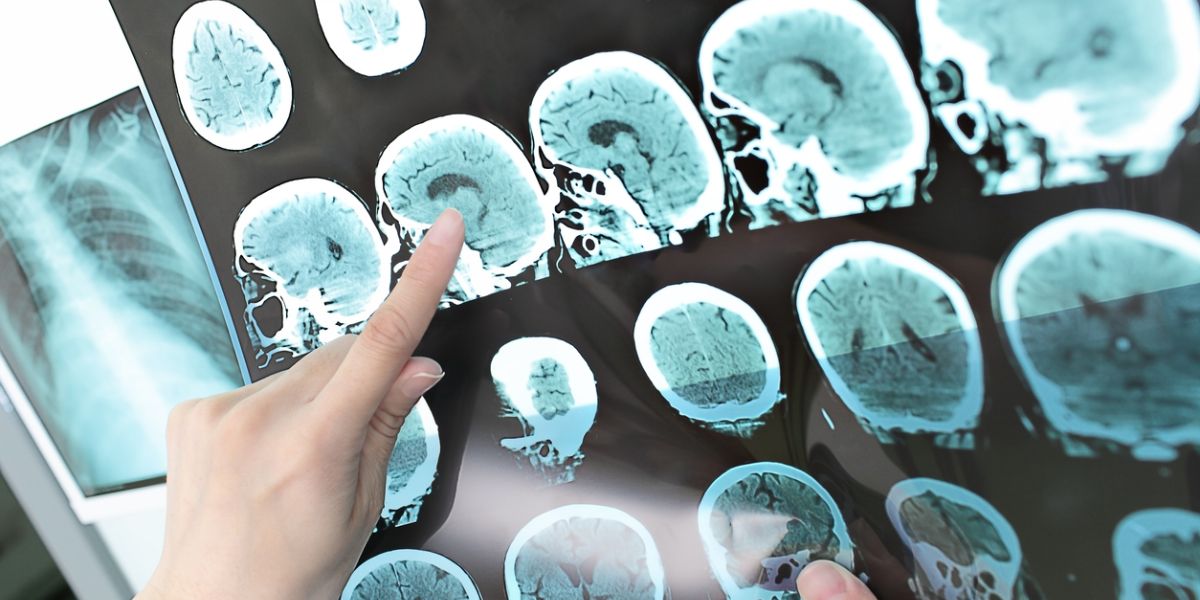
The Brain in AD
The brain is the most complex organ in the body, consisting of billions of specialized neurons that play a role in the processing and transmission of electrical and chemical signals. These signals transmit messages between different parts of the brain, which then controls all the senses, muscle movement, behavior, memory, along with many other functions. The neurons are fragile and susceptible to injury. For example, in a patient with a stroke, the neurons can quickly die because of a lack of oxygen. In a patient with atherosclerosis, the neurons can die because of the restriction of nutrients. In a patient with cancer, the neurons may be compressed by the enlarging mass. Once neuron injury occurs, recovery is not always possible, especially in adults and seniors. Even if recovery does occur, it is never complete and can take months or years. Most patients with neuron injury are left with some type of residual disability.
What happens to the brain in Alzheimer’s disease?
The one universal feature of Alzheimer’s disease is that the part of the brain Alzheimer’s affects will shrink in size (atrophy). This occurs because the neurons, for some unknown reason, start to die, and, as the disease progresses, there is a greater loss of neurons and reduction in brain volume. Even though brain shrinkage does occur normally with advancing age, the amount of shrinkage is much more significant in Alzheimer’s disease.
What nerves are affected by Alzheimer disease?
Initially, the loss of nerves in Alzheimer’s disease leads to short-term memory loss, which is processed in the hippocampus and entorhinal cortex (temporal lobe). As the disease progresses, the nerves in the frontal lobe that play a role in judgment, behavior, and intelligence are affected. When the individual has language problems, the parietal lobe is affected.
Eventually, nerves in every region of the brain are affected. Unfortunately, today we have no imaging technique that can detect very early nerve loss in Alzheimer’s patients. It is only when at least 10-20% of neurons are lost that the imaging techniques can identify this nerve loss. Once nerve loss occurs in Alzheimer’s disease, it is irreversible.
What typical changes occur in the brain of Alzheimer’s patients?
Autopsy studies reveal that several biochemical and cellular alterations take place in the brain of Alzheimer’s patients. The majority of these changes can only be visualized during microscopy performed after death and they include the following:
- Amyloid plaques are formed from a protein that is found in the space in between the nerves. Several types of amyloid proteins have been identified and one form, called beta-amyloid 42, is considered to be harmful. In patients with Alzheimer’s disease, high levels of this amyloid protein are found in clumps or plaques; these plaques disrupt nerve function. Today, doctors can identify patients who develop amyloid clumps using a PET scan, but, unfortunately, not all patients with Alzheimer’s initially develop these clumps. Recently, a treatment to dissolve the amyloid clumps has been developed and is in the process of being further studied.
- Another classic feature of Alzheimer disease is the presence of neurofibrillary tangles. These abnormal accumulations are formed from a protein called tau, which is found inside the nerves. The tau protein normally plays a role in the transport of molecules and nutrients and stabilizes the neuron. In Alzheimer’s disease, for some unknown reason, the tau protein starts to clump and form tangles inside the neuron. These tangles block the transport of nutrients and prevent chemical communication between the neurons. The majority of tau protein tangles occur in the area of the brain concerned with memory. Currently, researchers are developing drugs and vaccines to prevent tau tangles.
- Current research shows that in Alzheimer’s disease, there is an underlying state of chronic inflammation, which results in the constant accumulation of toxic debris. In normal circumstances, the brain cells can clear this debris, but in the presence of chronic inflammation, the brain cells are overwhelmed by the amount of debris. The drug Sargramostim is being evaluated to manage chronic inflammation in Alzheimer’s patients.
- There is accumulating evidence that there may be a connection between heart and brain health. Population studies indicate that in communities with a high incidence of heart and blood vessel disease, there is also a high incidence of Alzheimer’s disease and dementia. Conversely, communities that have shown indications of a healthy heart tend to have a low risk for Alzheimer’s disease. It is believed that the link between the two is a disease of the blood vessels. When blood vessels develop atherosclerosis, the problem is not localized to the heart only but is also known to affect blood vessels in the brain. When these vessels are clogged up with fatty plaques, they can prevent the distribution of oxygen and other vital nutrients to the brain tissues. This phenomenon is well known to occur in people with strokes and it is believed that a similar scenario occurs in Alzheimer’s disease. Also, when the blood vessels in the brain are blocked, they may be unable to clear away the toxic debris like the neurofibrillary tangles and amyloid plaques. Hence today, healthcare workers are recommending that one of the ways to prevent dementia is to have a healthy heart, meaning getting regular exercise, eating a healthy well-balanced diet, discontinuing smoking, controlling levels of blood sugar and cholesterol, and ensuring that the blood pressure is within normal limits.
CONCLUSION
What part of the brain Alzheimer’s affects, or parts of the brain, is the question doctors and researchers have been working very hard to determine. What part of the nervous system Alzheimer’s affects is also an essential question to answer. Neurons are major players in the central nervous system.
Cano Health offers many programs for wellness and preventive care, especially for seniors. They put a lot of emphasis on wellness and providing the best care possible for seniors. Call them today at 1-855-975-5119.

